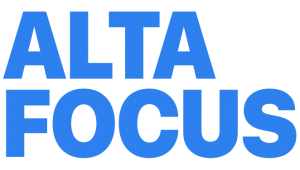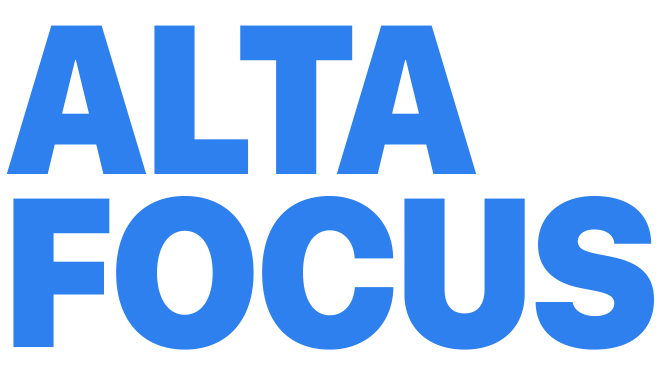The outbreak of the novel coronavirus pandemic in 2020 prompted work-from-home (WFH) arrangements almost overnight. While the transition was sudden, global businesses and employees implemented immediate solutions.
However, establishing spontaneous work environments poses more problems than solutions. Not only did frustrated employees that were unprepared for working from home suffer a loss of productivity, but cyber criminals also ran riot.
The initial challenge was installing technologies that enabled employees to work remotely. Once a remote workforce was immobilized, the next challenge was to implement a cybersecurity measure to protect sensitive data.
In the first month of lockdown between February and March, Interpol reported a 569% increase in reports of cybercrime activity and a 788% growth in “high-risk registrations.”
Remote Active Monitoring Solutions?
The only option for companies to overcome the issues faced by work from home protocols is to install remote active monitoring solutions. The software ticks all the boxes; maintains businesses network and data security, and helps employees improve productivity.
However, privacy laws and legal compliance can be highly problematic for some firms. Industries such as the health and financial sectors that handle highly sensitive information are bound by strict laws concerning shareable information.
Active monitoring also calls workplace surveillance into question. Whilst active monitoring solutions can track the keystrokes and location of your employees, employers have to use discretion and sensitivity.
Depending on the app you use, remote monitoring technologies have the capability to track the online behaviour of employees. The software records when they are active and idle, trace the websites they visit, take snapshots of computer screens and identify the physical location.
In some instances, active monitoring tools can be advantageous for managers and mentors to help employees improve their performance and productivity.
Some monitoring technologies also include webcam surveillance and take still images of employees whilst they are working to determine if they are in control of their laptop rather than a criminal.
The combination of physical location tracking and webcam security provides another defensive layer to protect your business data from malicious actors.
However, in some countries, the legality of monitoring employees working from remote locations is called into question.
In the UK, for example, employees are afforded little protection from the law. There are no regulations that limit the level of surveillance employers have over their employees. On the contrary, they are protected by General Data Protection Regulations (GDPR).
According to SHRM, employer surveillance in the United States is “subject to a variety of federal and state laws.” The Electronic Communications Privacy Act 1986 loosely protects employees but allows employers to conduct remote monitoring to ensure the business activity is legitimate.
Work From Home Cybersecurity Threats
Malicious actors have turned their attention from small businesses to target the work from home employees of corporate employers. Hackers clearly have bigger phish to fry.
Remote working provides a gateway for cybercriminals to acquire sensitive business data. Work from home employees increase the risk of a security breach.
Deloitte reports the “growing cyber threat is outpacing most companies’ ability to manage it effectively.” A survey conducted by Telemetry back this up: work from home employees were at fault for a security breach in 20% of companies.
Cybercriminals use various techniques and technologies to bait targets into clicking on an infected link or downloading spyware or ransomware onto their computer.
No company is immune to cybercrime. In 2020, a number of leading brands used by multiple businesses fell victim to cybercriminals including Twitter, Zoom and Twilio. Microsoft is the latest high profile company to be infiltrated by state-backed hackers.
How Remote Active Monitoring Software
Cybercriminals look to take advantage of work from home employees through security flaws in business software, vulnerabilities on home networks and by hijacking webcams.
Connecting to an unsecured Wi-Fi network can leave business data exposed to hackers. Employees that use the same device for personal and professional use represent a higher risk of a data breach.
Malicious actors infect websites, apps, documents that download hazardous software on to computers.
Types of malware, include spyware which traces the activity of end-users and scrape username and passwords, and ransomware which takes over your business network and blocks access until you pay a ransom fee.
Employees may also need educating about how to secure defences against cybercrime. Simple things such as keeping devices that are used for work purposes away from family members to ensure the computer is not compromised.
Passwords, two-way authentication and VPNs also help to build extra layers around your security defences.
With cybersecurity protocols, anti-virus software and encrypted devices in place, remote active monitoring software tracks online activity to ensure the people logging into your business data are employees that have authorised access.
The cloud-based tools can determine which uses are attempting to access business data by identifying the device and location of users. Any suspicious activity such as incorrect passwords or multiple file transfers is flagged up for investigation and deny the end-user access.
The Bottom Line
Cybersecurity measures can be frustrating for employees and challenging for companies. Employees can expect to be frozen out of accounts, instructed to constantly update passwords and be extra vigilant when clicking on links in emails.
Yet the threat of a data breach is very real. What’s more, 60% of businesses that are hacked go out of business within six months of a cyber attack.
Yes, there may be some human rights issues to navigate in terms of personal privacy, but the more pressing issue is to ensure your company remain capable of providing your employees with a livelihood in the first place.






